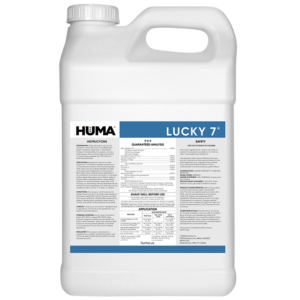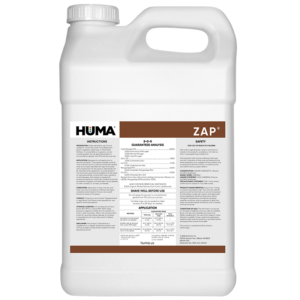JACKPOT
Benefits of Use:
- Promotes sizing and maturity of crops
- Enhances the movement of carbohydrates and proteins from leaves, stems, and roots to the harvested portion of the crop
- Improves quality, shipability, and shelf life of produce Jackpot® applied with Calcium has the following benefits in crops:
- COTTON: Aids fiber maturity, allowing bolls to open naturally; promotes fiber strength and quality; “finishes” filling out the top crop; and “sets-up” crop for proper defoliation
- POTATOES: Promotes tuber sizing, enhances skin setting and “netting,” improves quality for better shipping and storage, and prepares tubers for harvest without “killing”
- SUGAR BEETS: Enhances sugar content and prepares crop for top removal and harvest
- PEANUTS: Improves quality and grade as well as promotes nut-fill
FAQs
Related Products
Related Case Studies
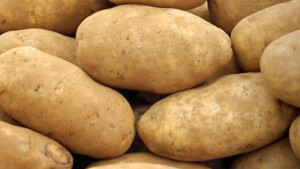
Huma® Fertilizer Program Improves Potato Yield by 5%, With 200% ROI
Background Huma® liquid fertilizer programs with Micro Carbon Technology® provide growers with efficient crop nutrients via foliar spray or irrigation at the exact time crops need them. Precision timing of efficient nutrition provides better crop yield and quality. Objective The focus of this study was to assess how the efficient Huma® nutritional products affect potato
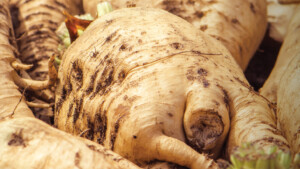
Recoverable Sugar of Sugar Beets Yield Increased Using Huma® Program, Year 2
Objective This field trial was conducted to observe effectiveness of additional preharvest applications of Huma® products on recoverable sugar of sugar beets and return on investment. Materials & Methods This trial on sugar beet (Beta vulgais vulg. altissima) was conducted in Homedale, Idaho. The crop was seeded on April 18 and was harvested on October
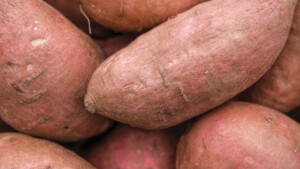
Huma® Program Increases Sweet Potato Yields 39%, With a 10:1 ROI
Objective This field trial was conducted in order to compare sweet potato crop yields and return on investment (ROI) obtained when a Huma® soil product (Zap®, for feeding soil biology and improving soil fertility) and 2 applications of 3 Huma® foliar nutrients (Jackpot®, Calcium, and Super Potassium®) were applied in various combinations. Materials & Methods
Related Blog Posts

BHN Remains Open for Business
At this time, though we have reduced all nonessential staff travel/interaction and are not accepting visitors, Bio Huma Netics remains open for business and is processing all orders. In anticipation of the possibility that we may have to suspend production at some future time to protect the health of our staff, we encourage our customers
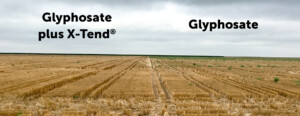
Field Trial: X-Tend® Increases Glyphosate Effectiveness
Objective Over the years, some weeds have developed resistance to common herbicides such as glyphosate. To overcome this hurdle, growers may bump up the rates or add other herbicides or products with different mechanisms/modes of action into the tank mix. Such approaches have had mixed results over the long run and have increased the cost

This Week in Ag #32
Everyone remembers where they were on September 11, 2001. One of my most vivid memories was the week after. I was farming with my dad at the time. He had just started cutting soybeans in a field owned by my wife’s family, situated next to Interstate 74 in western Illinois. I was driving to the


